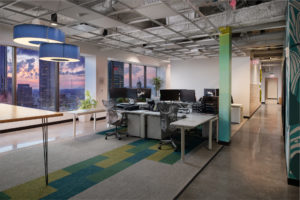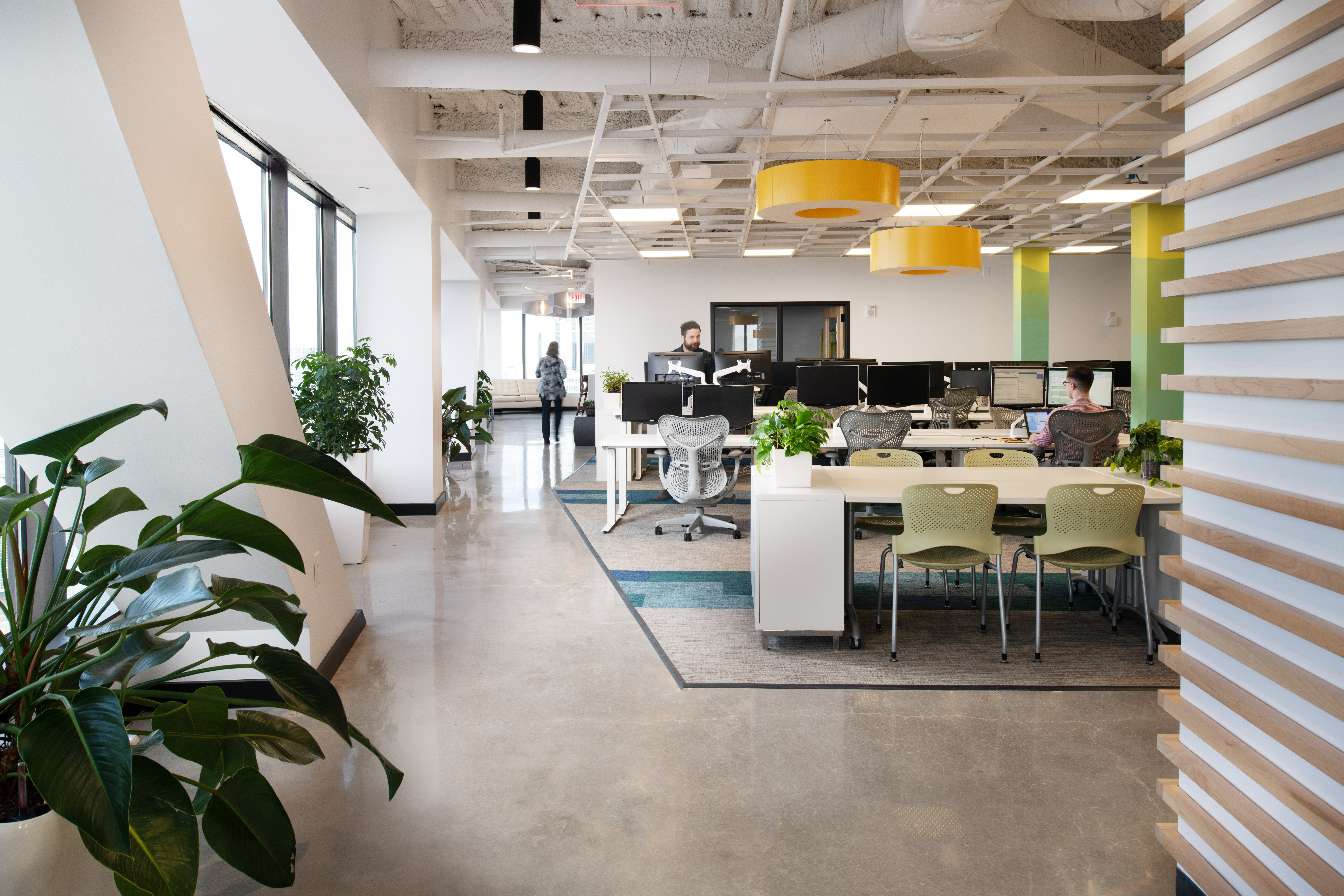Helping to cap the most ambitious expansion in Zoo Atlanta’s history, both the Zambezi Elephant Center and Savanna Hall Renovation have officially earned LEED Gold certification. Administered by the U.S. Green Building Council (USGBC), the LEED (Leadership in Energy and Environmental Design) program recognizes buildings across the world for design and construction geared toward the conservation of resources and environmental health.
At Zambezi Elephant Center, Epsten Group was the zoo design firm chosen, in collaboration with the construction team at Winter Johnson Group, to provide the elephants with a new home focused on optimal animal welfare while also providing a healthy environment for Elephant Care Team members and visitors. The care quarters maximize natural daylight for elephants and staff alike through the installation of glass roll-up doors and a translucent fiberglass clerestory. Through conscientious design and construction techniques, the building also balances the durability needed for the home of megafauna that can reach 13-feet in height and over 6 tons in weight and the energy performance standards of human-scaled buildings. Together with efficient LED lighting, building mechanical systems, and life-support filtration systems for the adjacent habitat’s waterfalls and pools, Zambezi Elephant Center was able to achieve a 16.9% energy cost savings relative to the standard baseline building.
Savanna Hall is the embodiment of the adage that the greenest building is often the one that is already standing. By conserving 96% of the existing historic Cyclorama structure, the design and construction team was able to avoid many of the negative environmental impacts associated with the construction of a brand-new facility. Through Environmental Life-Cycle Assessment (LCA) tools, Epsten Group was able to show a minimum of a 14% reduction in negative environmental impacts across three important categories that included an estimated 45% reduction in carbon emissions that would’ve come from the manufacturing, transportation, and installation of new materials. Through a mixture of strategies that also included building envelope improvements, installation of efficient LED lighting, and the selection of efficient HVAC systems, energy cost is reduced 25.8% relative to the standard baseline building while selection and installation of low-flow and low-flush plumbing fixtures reduced anticipated potable water use by more than 36%.
Together, Zambezi Elephant Center and Savanna Hall help represent Zoo Atlanta’s ongoing commitment to conservation and to protect wildlife and wild places around the world. Through their conscientious efforts to reduce resource consumption and provide healthier environments for animals and people alike, these facilities are designed and built to help preserve our natural world for the health and enjoyment of future generations.
For more information, download the full press release.





